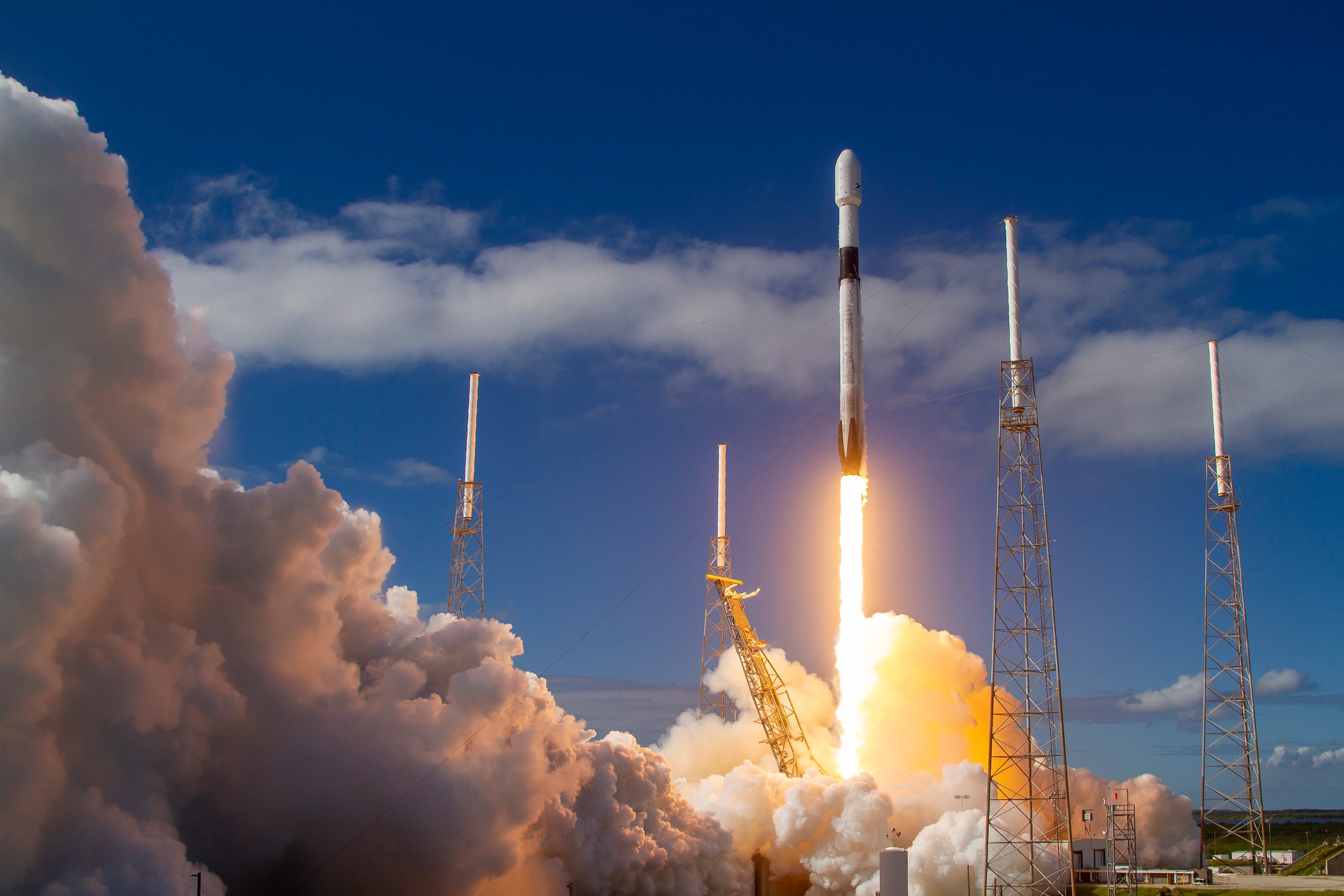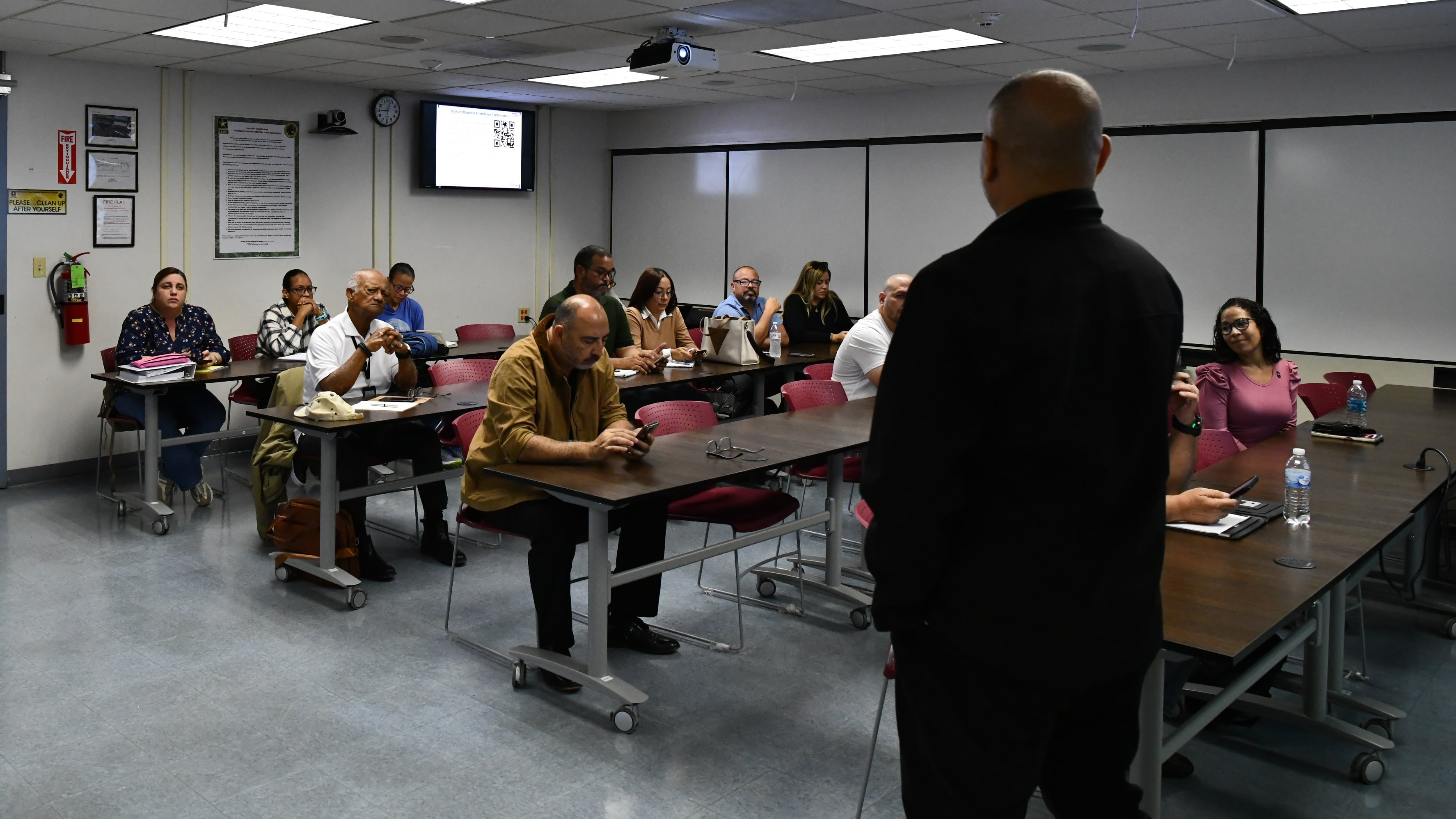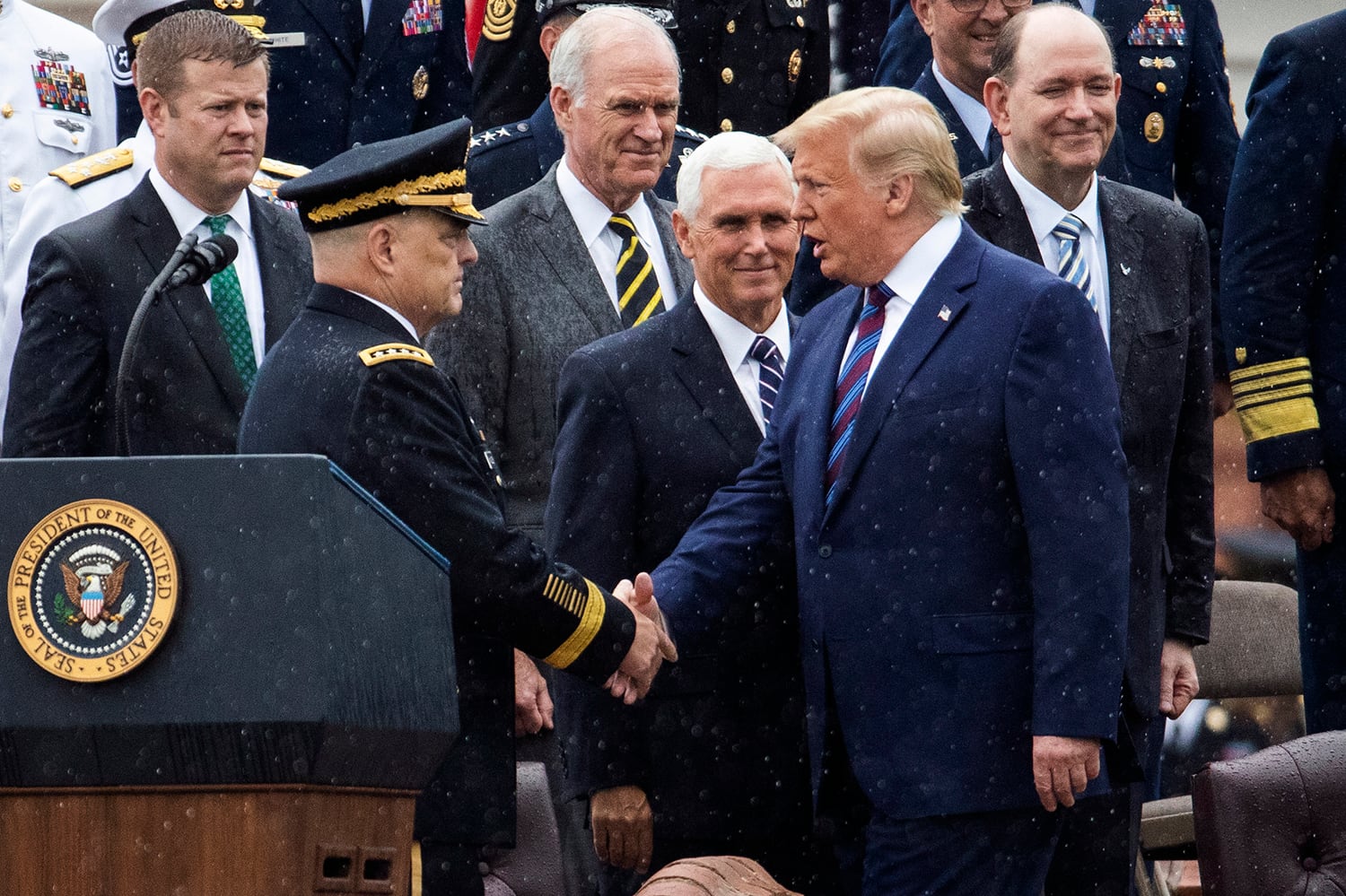WASHINGTON — The Deptment of the Air Force signed an agreement with the Federal Aviation Administration designed to eliminate red tape affecting commercial rocket launches at U.S. Space Force ranges, the agencies announced June 21.
The two parties said the memorandum finished June 15 removes duplicative processes and approvals for commercial space activities originating from or returning to Cape Canaveral Space Force Station in Florida and Vandenberg Space Force Base in California. Essentially, the agreement states that the FAA will accept Department of the Air Force safety rules and processes as long as they satisfy FAA regulations. In return, the Air Force will accept FAA licensing decisions for commercial launches and not impose its own requirements for the flight and reentry parts of a launch, unless they impact national security space activities.
“Assured access to space is vital to our national security,” said acting Secretary of the Air Force John Roth in a joint press release with FAA Administrator Steve Dickson. “The launch licensing standards provided in the agreement will support a rapidly expanding commercial launch sector and strengthen our space industrial base, bolstering our economy and enhancing our security as a nation.”
“Building a streamlined regulatory approach for commercial space activities at these federal launch sites is the right thing to do for public safety and U.S. competitiveness,” added Dickson. “This agreement will help the burgeoning U.S. commercial space industry grow even faster and continue to lead the world in safety and innovation.”
The agreement will help cooperation between the two government bodies in responding to commercial requests for relief from safety regulations, conducting environmental reviews, and publishing launch activity materials. The six-page document replaces the last memorandum of agreement between the two organizations, signed in 2014.
Cape Canaveral Space Force Station and Vandenberg Space Force Base each have four FAA-licensed commercial launch providers operating on-site. Together, the two ranges supported 24 of the 39 commercial space launches licensed by the FAA in 2020.
The announcement comes in the middle of the Space Force’s reorganization of its entire launch enterprise in anticipation of a growing launch cadence at the ranges involved. Earlier this year, the Space Force redesignated the 30th Space Wing at Vandenberg Air Force Base, California, and the 45th Space Wing at Patrick Space Force Base, Florida as space launch deltas, which operators say flatten communications and eliminate an unnecessary echelon of command.
On a broader scale, the Space Force is planning to unify its launch enterprise — launch operations, range operations and acquisitions — under a single office within its new field command: Space Systems Command. Under that construct, the SSC deputy commander will oversee all launch activities and will be known as the Assured Access to Space leader within the force. Space Systems Command is expected to replace the Space and Missile Systems Center as the Space Force’s primary acquisitions organization later this summer, after Congress approves a general to lead the new field command.
Nathan Strout covers space, unmanned and intelligence systems for C4ISRNET.





